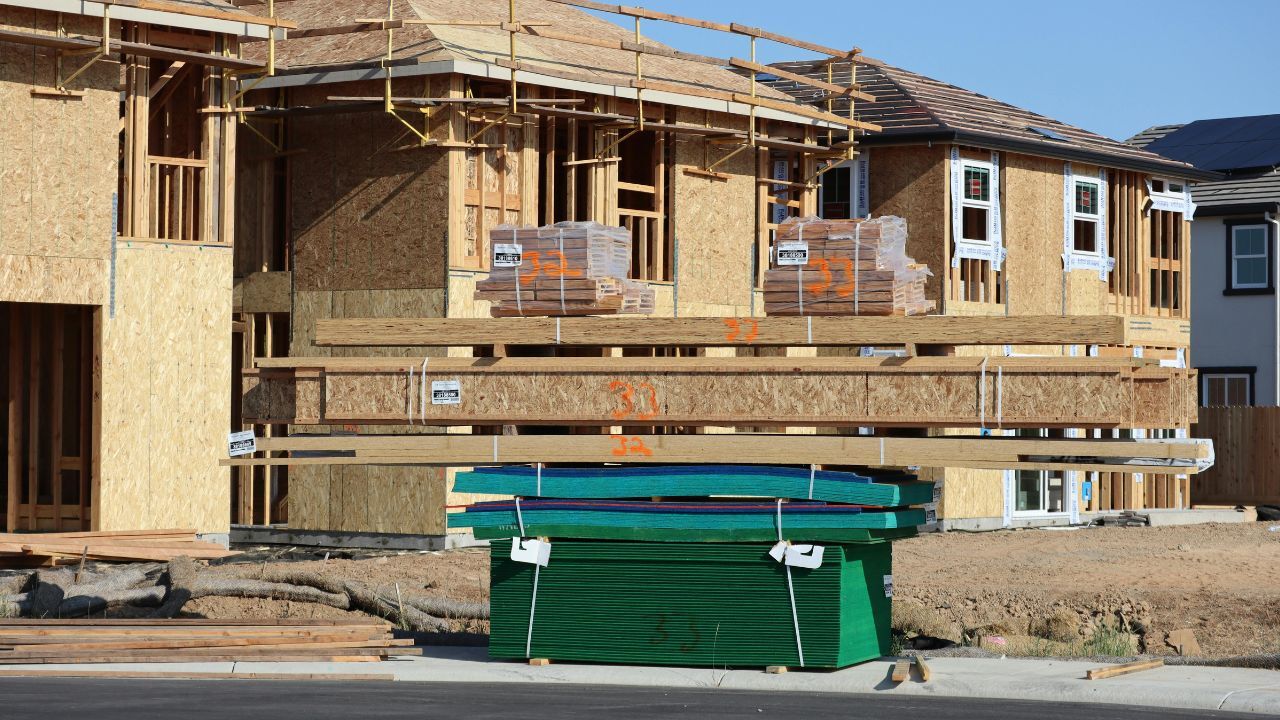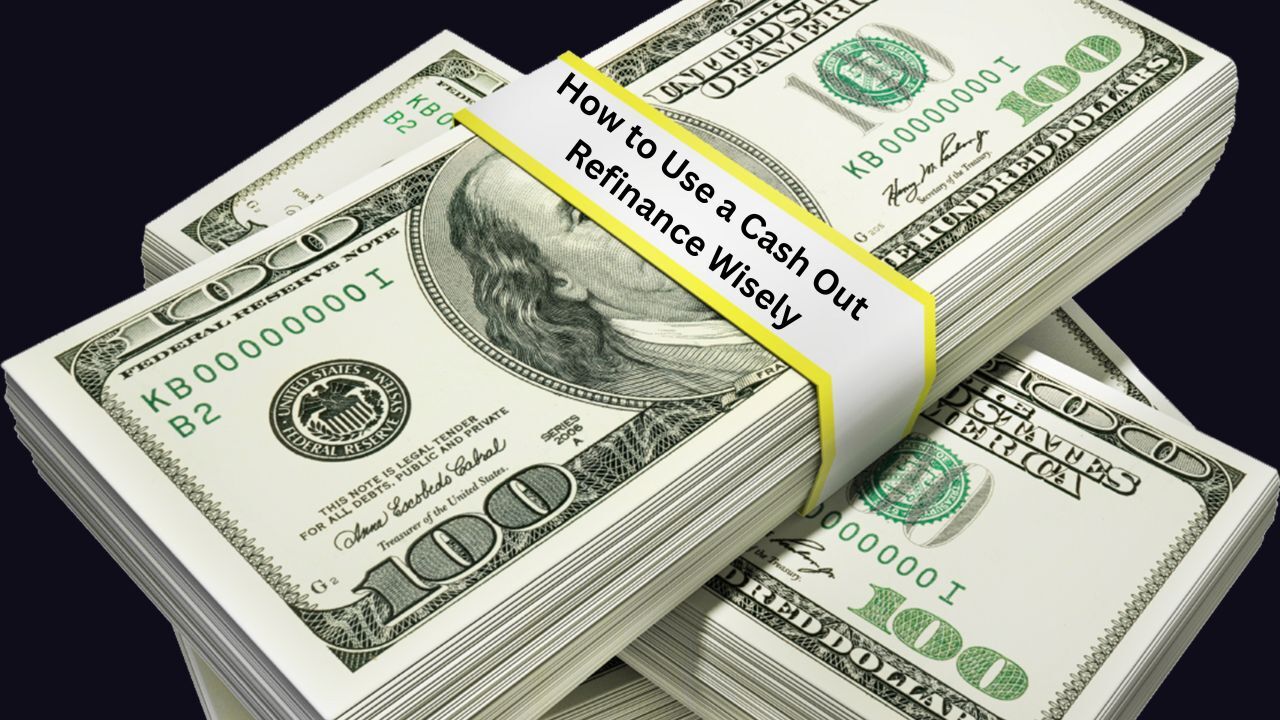
The release of key Unemployment Data was delayed last week due to administrative changes in how jobless figures are tracked. The Consumer Confidence report reflects these policy adjustments, showing growing concerns about the job market and a larger-than-expected decline in confidence for September.
Lastly, with tariff disruptions continuing to affect the manufacturing sector, the Global US Manufacturing data has revealed that production has slowed overall since the initial disruptions.
Manufacturing PMI
The latest survey showed a weaker gain in production, whilst new order book growth softened as tariffs continued to weigh on exports. Tariffs and broader policy uncertainty also dampened firms’ assessment of the business outlook, but expectations of manufacturing production reshoring and hopes of better demand in the year ahead meant sentiment remained positive overall.
Consumer Confidence
Consumer confidence fell sharply in September on growing worries about the labor market. The consumer-confidence index dropped to 94.2 in September from a revised 97.8 in the prior month, the Conference Board said Tuesday. This is the lowest level since April.
Primary Mortgage Market Survey Index
• 15-Yr FRM rates saw an increase of 0.06% for this week, with the current rate at 5.55%
• 30-Yr FRM rates saw an increase of 0.04% for this week, with the current rate at 6.34%
MND Rate Index
• 30-Yr FHA rates saw a decrease of -0.06% for this week. Current rates at 6.03%
• 30-Yr VA rates saw a decrease of -0.05% for this week. Current rates at 6.05%
Jobless Claims
The unemployment data has been delayed, but expected claims are 222,000. The prior week landed at 218,000.
What’s Ahead
The key releases next week will include major inflation reports — the CPI and PPI — along with the delayed Unemployment Data report. The Federal Reserve’s Beige Book will also be a notable release.
 First responders and military families play vital roles in our communities, and there are mortgage programs designed to recognize their service. These programs often provide favorable terms, lower down payments, and unique benefits that make homeownership more accessible. Understanding these options can help heroes and their families achieve their dream of owning a home while taking advantage of benefits tailored to their service.
First responders and military families play vital roles in our communities, and there are mortgage programs designed to recognize their service. These programs often provide favorable terms, lower down payments, and unique benefits that make homeownership more accessible. Understanding these options can help heroes and their families achieve their dream of owning a home while taking advantage of benefits tailored to their service. Buying land or constructing a new home offers exciting opportunities for customization and investment, but the mortgage process differs from traditional home loans. Lenders often have stricter requirements for land and new construction financing, so understanding your options, planning ahead, and working closely with a mortgage professional is essential. By knowing what to expect, you can navigate this process smoothly and secure the financing needed to bring your vision to life.
Buying land or constructing a new home offers exciting opportunities for customization and investment, but the mortgage process differs from traditional home loans. Lenders often have stricter requirements for land and new construction financing, so understanding your options, planning ahead, and working closely with a mortgage professional is essential. By knowing what to expect, you can navigate this process smoothly and secure the financing needed to bring your vision to life. Your mortgage is more than just a monthly bill; it can be a powerful tool for building long-term wealth. By understanding how to leverage home equity strategically, homeowners can create opportunities for investments, financial growth, and increased net worth. Using your mortgage wisely requires planning, patience, and a clear understanding of how equity works.
Your mortgage is more than just a monthly bill; it can be a powerful tool for building long-term wealth. By understanding how to leverage home equity strategically, homeowners can create opportunities for investments, financial growth, and increased net worth. Using your mortgage wisely requires planning, patience, and a clear understanding of how equity works. Losing a job can be stressful, and the thought of keeping up with your mortgage payments may feel overwhelming. The good news is that there are steps homeowners can take to protect their home and maintain financial stability during periods of unemployment. Understanding your options, communicating with your lender, and planning ahead can help you navigate this challenging time without risking your home.
Losing a job can be stressful, and the thought of keeping up with your mortgage payments may feel overwhelming. The good news is that there are steps homeowners can take to protect their home and maintain financial stability during periods of unemployment. Understanding your options, communicating with your lender, and planning ahead can help you navigate this challenging time without risking your home.
 Owning multiple properties can be a smart investment strategy, but managing separate loans for each property can be complex and expensive. A blanket mortgage offers a solution by allowing homeowners or investors to finance two or more properties under a single loan. This type of mortgage can simplify payments, streamline management, and often provide better rates than holding multiple individual mortgages. Understanding how a blanket mortgage works and when it makes sense can help you maximize your real estate investments efficiently.
Owning multiple properties can be a smart investment strategy, but managing separate loans for each property can be complex and expensive. A blanket mortgage offers a solution by allowing homeowners or investors to finance two or more properties under a single loan. This type of mortgage can simplify payments, streamline management, and often provide better rates than holding multiple individual mortgages. Understanding how a blanket mortgage works and when it makes sense can help you maximize your real estate investments efficiently. A cash-out refinance can be a powerful tool for homeowners who want to leverage the equity in their home, but it is important to approach it strategically. This type of refinance replaces your existing mortgage with a new, larger loan, giving you the difference in cash. Whether you are planning home improvements, consolidating high-interest debt, or investing, using a cash-out refinance wisely can help you reach your financial goals without creating unnecessary risk.
A cash-out refinance can be a powerful tool for homeowners who want to leverage the equity in their home, but it is important to approach it strategically. This type of refinance replaces your existing mortgage with a new, larger loan, giving you the difference in cash. Whether you are planning home improvements, consolidating high-interest debt, or investing, using a cash-out refinance wisely can help you reach your financial goals without creating unnecessary risk. Unexpected financial windfalls such as work bonuses, tax refunds, or inheritances can create exciting opportunities. While it may be tempting to spend these funds quickly, using them toward your mortgage can bring lasting financial benefits. Understanding the ways windfalls can strengthen your mortgage strategy will help you make the most of these resources.
Unexpected financial windfalls such as work bonuses, tax refunds, or inheritances can create exciting opportunities. While it may be tempting to spend these funds quickly, using them toward your mortgage can bring lasting financial benefits. Understanding the ways windfalls can strengthen your mortgage strategy will help you make the most of these resources. Mixed use properties are becoming an attractive option for buyers who want to combine residential, commercial, and investment opportunities all in one place. These properties can provide unique benefits, such as generating rental income while also serving as a primary residence. However, financing a mixed-use property requires a different approach than financing a traditional single-family home, and understanding the process is key to making the right decision.
Mixed use properties are becoming an attractive option for buyers who want to combine residential, commercial, and investment opportunities all in one place. These properties can provide unique benefits, such as generating rental income while also serving as a primary residence. However, financing a mixed-use property requires a different approach than financing a traditional single-family home, and understanding the process is key to making the right decision.